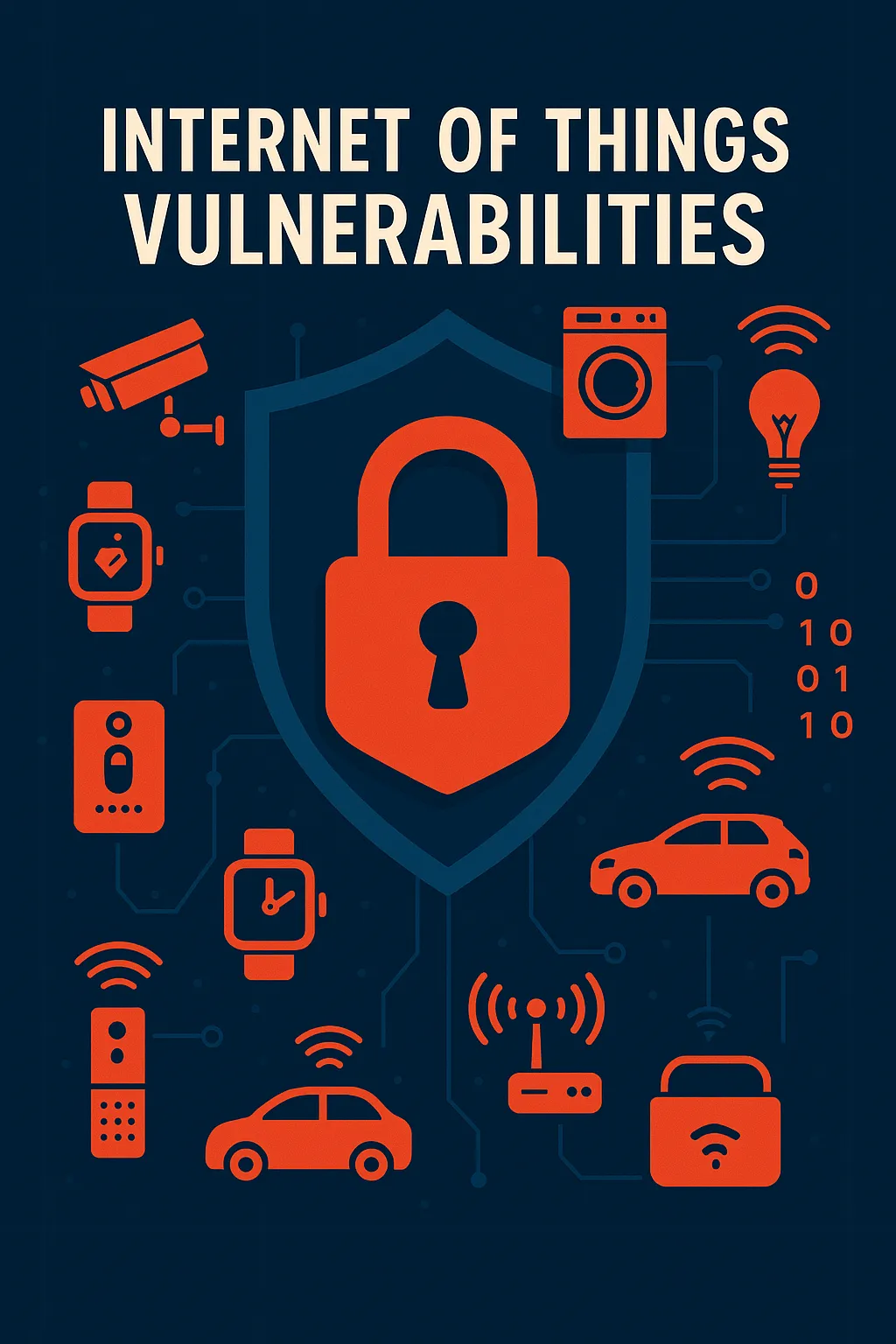The Growing Threat to IoT Security and How to Mitigate Risks
In an era where interconnected devices are proliferating at an exponential rate, the Internet of Things (IoT) represents both a technological advancement and a burgeoning security challenge. Every second, numerous new IoT devices are connected to the internet, creating vast opportunities for innovation but also significant vulnerabilities. This blog post delves into the complexities of IoT security, discussing the current landscape, the pressing threats, and providing actionable advice to safeguard these devices.
Understanding IoT and Its Vulnerabilities
IoT encompasses a wide array of devices connected online, from common household products like smart thermostats and fridges to sophisticated industrial tools. Despite their utility, many of these devices lack robust security measures, making them prime targets for cyberattacks. Experts like Ryan Olson emphasize the severity of this issue, noting that over half of IoT devices are susceptible to severe attacks (Packetstorm News).
Common Security Flaws
Many IoT devices continue to use basic security protocols, such as standard username and password combinations, which have not evolved to meet current security needs as reported by World News (World News). Another significant risk involves the use of outdated communication protocols such as MQTT, which, while widely adopted in various subsystems, carries inherent security risks that need attention (SEN.news).
Rising Threats and Real-World Consequences
The implications of compromised IoT devices can be severe, ranging from personal privacy breaches to large-scale industrial disruptions. For instance, a vulnerability in a smart home device can lead to unauthorized access to one's personal life, while compromised industrial controls could result in critical infrastructure failures.
Proactive Measures and Best Practices
To address these threats, it is imperative to adopt more rigorous security protocols and ensure regular updates and patches. Developers and manufacturers must prioritize security from the design phase to deployment, embedding advanced authentication methods and continuous monitoring systems.
Actionable Tips for Consumers
Users should enhance their security by changing default credentials, updating firmware regularly, and disconnecting unnecessary services. Employing a network security solution that identifies and protects all connected devices can also significantly mitigate risks.
Conclusion
In conclusion, while the IoT offers vast potential, it also necessitates greater responsibility towards cybersecurity. It is through informed awareness, proactive measures, and robust security practices that both consumers and manufacturers can safeguard against the evolving threats in the IoT landscape.

